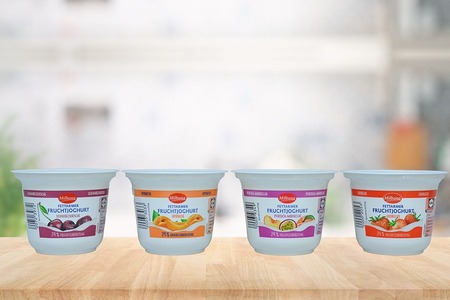
Thai textilers target silk to boost its exports
YarnsandFibers News Bureau 2014-07-01 12:20:00 – BANGKOK, ThailandThe Thailand Textile Institute (THTI) hoping for more robust numbers in textile exports has targeted exports of Thai silk and silk garments. As Chinese wages rise and more silk used in China, global supplies fall and prices rise, creating silk opportunity for Thailand.
Textile exports actually increased by 6.37%, but were no match for the drastic drop in apparel exports from $749 million in goods to $701 million, a decline of 6.43%. The U.S. was by far the largest consumer of Thai apparel, buying $249.9 million in goods, followed by Japan, which bought $101.17 million in apparel imports.
There was also a dramatic fall in silk exports from to $22 million to $18.5 million, over half of which were finished garments destined for either the U.S. or Japan. Silk imports to Thailand, mostly from China, also dropped 23.5%.
To address the silk issue, the THTI has joined forced with the Queen Sirikit Department of Sericulture and the Office of Knowledge Management and Development with the express purpose of growing silk exports.
A surge in silk yarn prices in the last two years has attracted more silk farmers, according to the Queen Sirikit Department of Sericulture (QSDS).
The taskforce will start with the silk itself—studying and improving texture and density, and exploring combinations of silk and other fabrics. Joined by a half dozen Thai design companies, the group will develop new pilot products in home textiles, apparel, and accessories. At the end of the fiscal year, the designers will present their findings to Thai silk producers.
THTI has also hired two Italian designers as consultants to bring improvement in designing silk products. THTI all set to boost its silk exports.
Although other countries like Vietnam also make silk, Thailand is a stronger player with a larger variety of products.
Market Intelligence
Ask for free sample Report

experience
Customer Base
dedicated team
Countries Served Worldwide









